Wildlife Found in Jim
Corbett National Park
Jim Corbett National Park is a popular tourist destination for wildlife and nature enthusiasts. The primary wildlife attractions of this national park include the endangered Bengal tigers, elephants, crocodiles, spotted deer, and sambar deer. Additionally, visitors can easily spot animals such as leopards, hogs, boars, sloths, pangolins, langurs, and gorals.
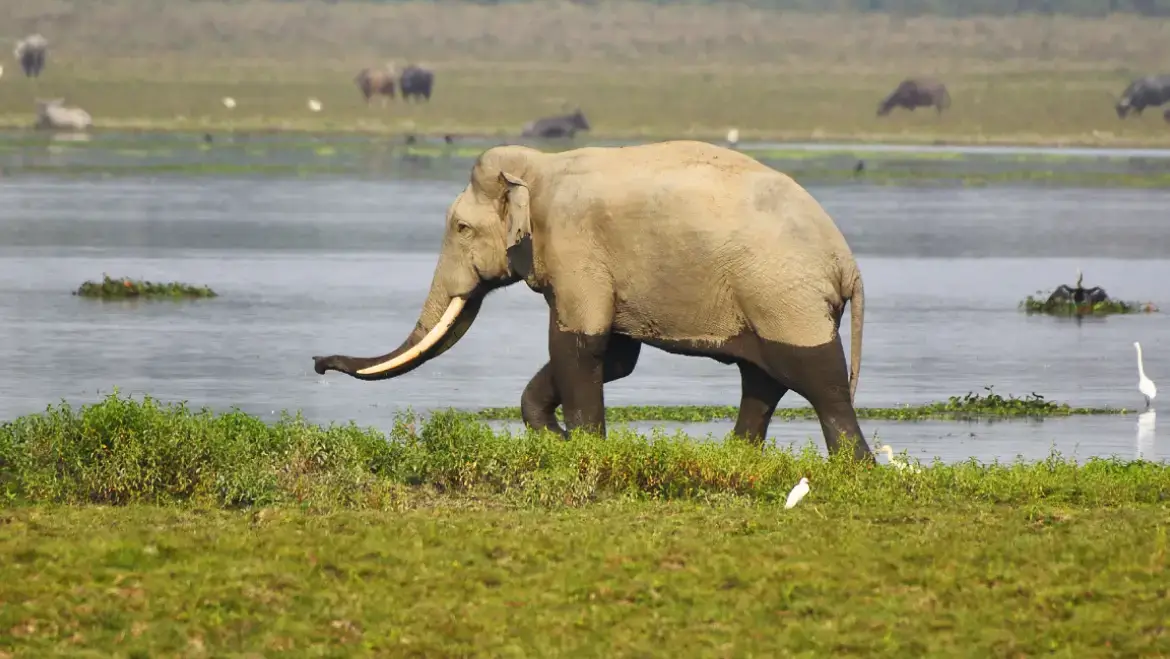
About more than 1000 elephants stay at Jim Corbett Park, some of them are also part of the migratory population and also live in the Rajaji National Park. They used to be fewer in number, but in recent years, their population has grown. In the summer, tourists can easily observe the elephant groups wandering the woods. The elephants can be seen in great numbers in Jim Corbett’s Dhikala Chaur, Phulai Chaur, Jhirna, and Bijrani zones.
The Royal Bengal Tiger is one of the famous types of animals that call Jim Corbett their home. On April 1st, 1973, India’s tiger conservation programme was launched in Jim Corbett’s forest. The Royal Bengal tigers are difficult to notice since the reserve is covered with a variety of vegetation that provides camouflage and cover. Additionally, this dense jungle and Ramganga River provide the ideal hunting grounds for tigers looking for their prey.
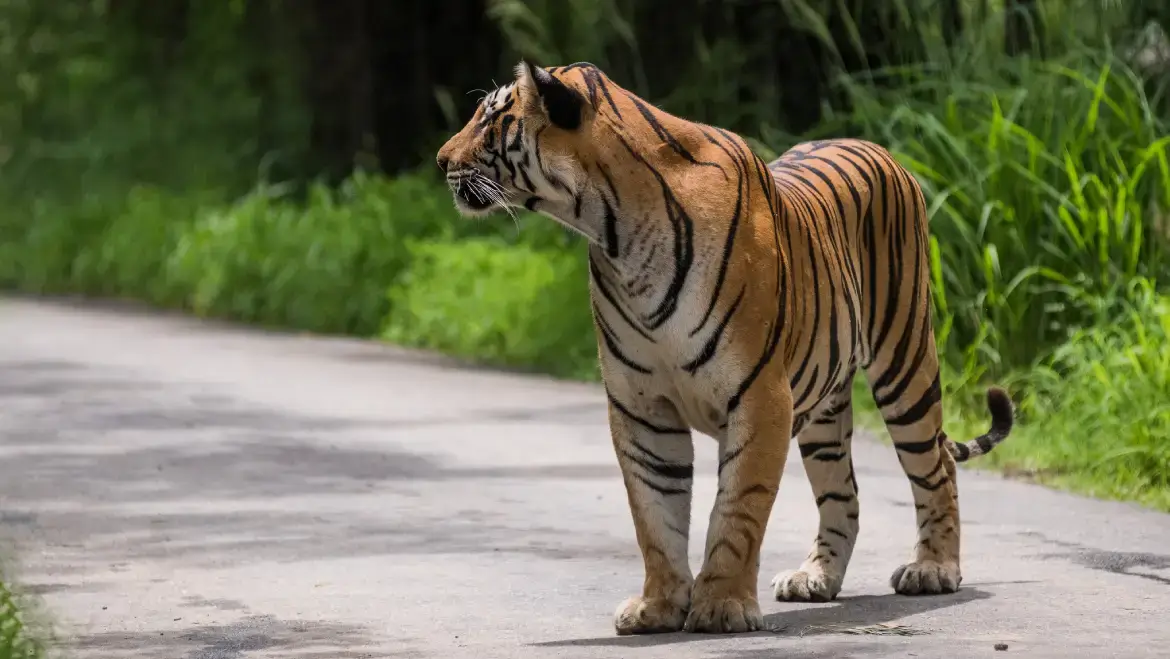
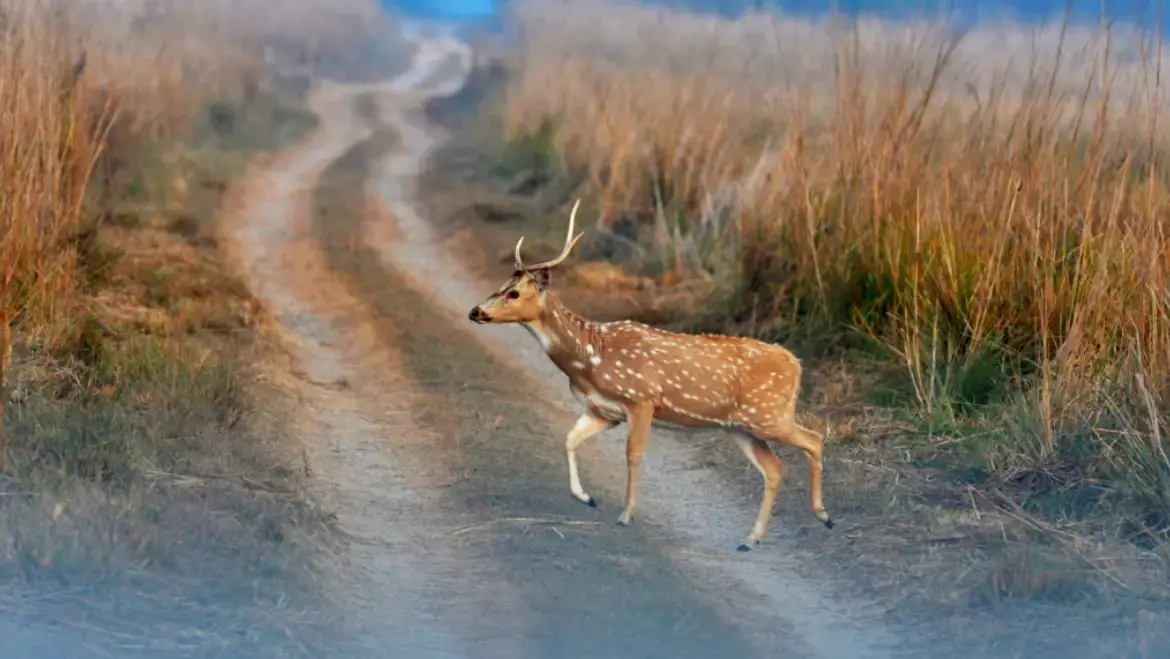
The most prevalent deer species in Jim Corbett National Park is the Chital or spotted deer. They are quite attractive with distinctive white dots on their reddish-brown body. Only male chital have antlers which can reach up to the length of 1m. The primary food source for them is grass, however, they also rely on flowers, fruits, and leaves from the forested regions. They prefer to graze in short grasslands with little shelter, to keep an eye out for predators.
The biggest deer in Jim Corbett National Park is the sambar. The majority of its body is a consistent grayish-brown, except for creamy white patches on the back and under the tail. Males have thick manes on their necks and antlers that can grow to be 1 m long. Sambar are mostly found in deep forests and spend most of their time alone. But occasionally gather in small groups during the mating season.
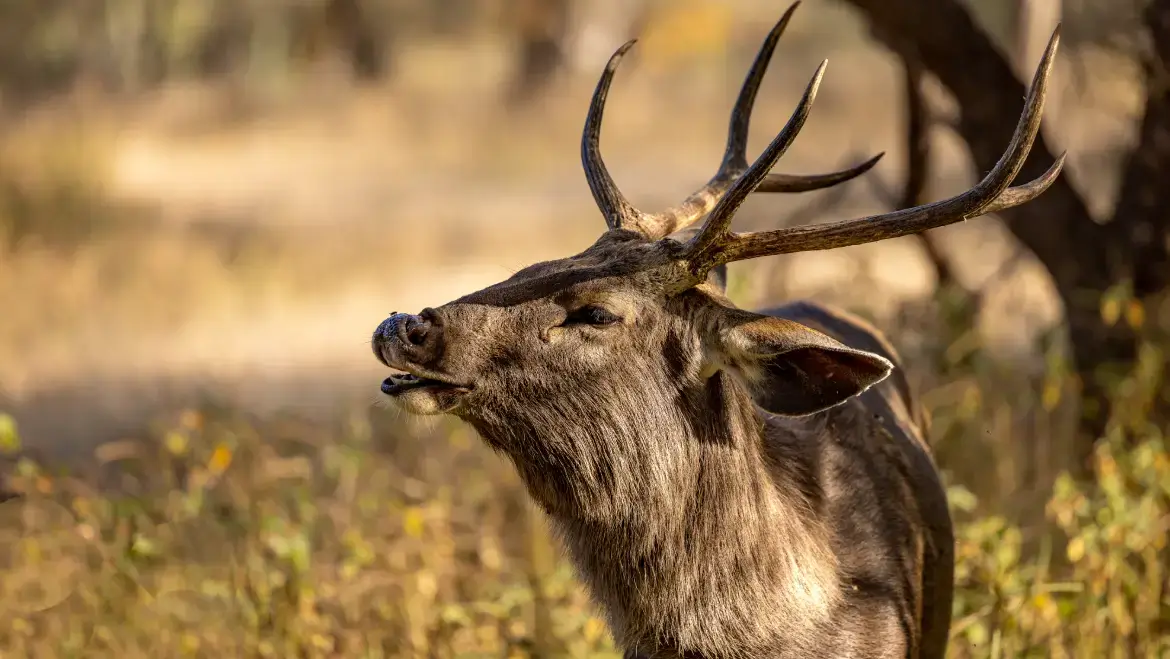
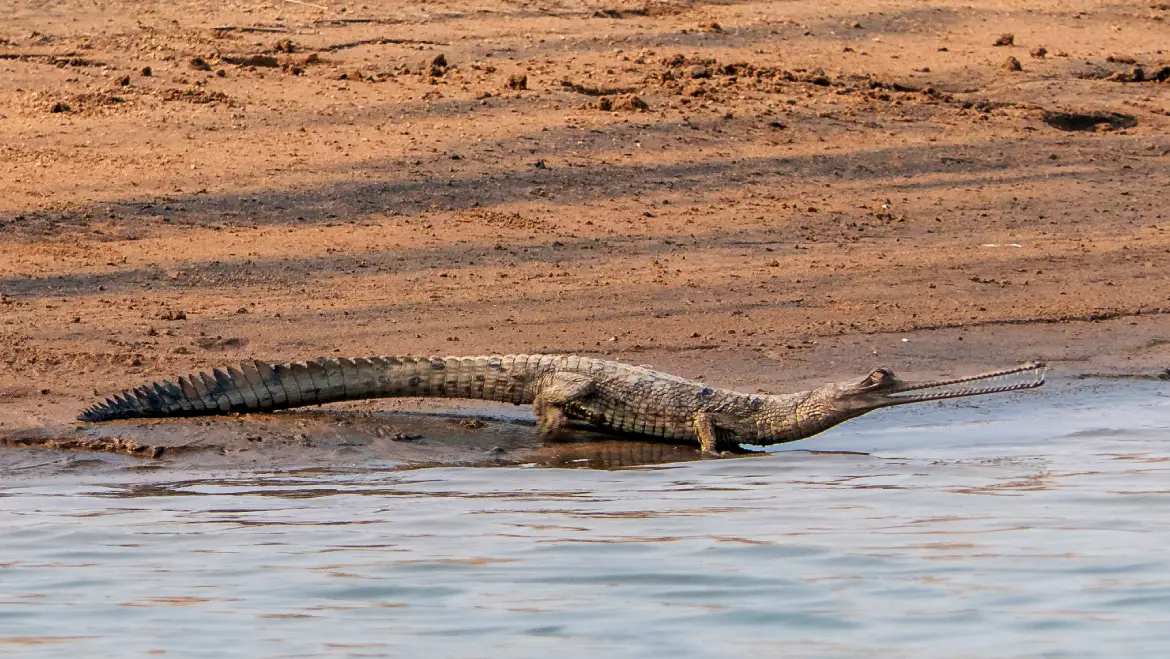
One of the world's biggest and most endangered crocodiles is the gharial, which can only be found on the Indian subcontinent. The gharial's thin snout is designed to consume fish. Invertebrates and insects may be consumed by young gharials. In Ramganga, a river in Jim Corbett National Park, more than 400 gharials may be found swimming in its deep pools or soaking in the sun on its banks.
 Acorn Hideaway Resort & Spa corbett
Acorn Hideaway Resort & Spa corbett
 The Baagh Spa & Resort
The Baagh Spa & Resort
 Namah Resort
Namah Resort
 Paatlidun Safari Lodger
Paatlidun Safari Lodger
 Lemon Tree Premier
Lemon Tree Premier
 Lebua Corbett
Lebua Corbett
 Infinity Resort
Infinity Resort
 Solluna Resort
Solluna Resort
 Aahana Resort
Aahana Resort
 The Golden Tusk
The Golden Tusk
 Brys Caves
Brys Caves
 The Hridayesh Wilderness
The Hridayesh Wilderness
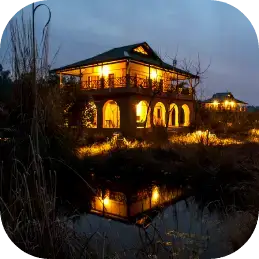 Jim's Jungle Retreat
Jim's Jungle Retreat
 Taj Corbett Resort
Taj Corbett Resort
 WelcomHeritage Tarangi Ramganga Resort
WelcomHeritage Tarangi Ramganga Resort
 The Riverview Retreat By Leisure Hotels
The Riverview Retreat By Leisure Hotels